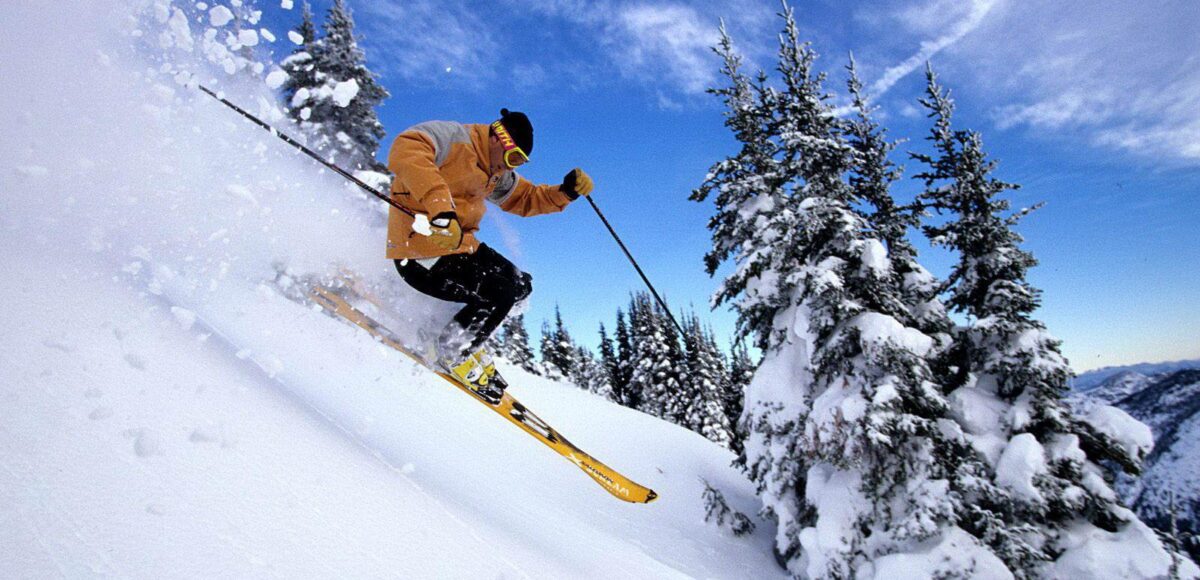Ski holidays by rail – Why more of us are exploring by train
Travelling by rail to your next ski destination is a practice with many merits attached.
Interrailing was a rite of passage for many in the UK, and represented a much wider appreciation for rail travel over others in seeing the world – as well as a shibboleth through which many would enjoy their first ski holiday.
While the days of interrailing – and the significant cost savings that resulted – may be in question for British citizens after Brexit, the spirit of the practice remains well and truly alive. Mainland Europe is one of the most astonishing areas to explore by rail, but this isn’t the whole story for skiing holidaymakers; how is it that rail travel is increasingly popular for such holidays?
A greener world
One of the leading reasons for which rail travel has become particularly popular amongst skiers is that of the climate crisis. Global temperatures are rising, and mountain snow melting in many areas as a result – adding a personal sting to the crisis for many that enjoy their ski season. Air travel is irrevocably linked to the acceleration of global warming, while rail routes are much greener in comparison.
Italy is one particularly popular ski destination in the winter, and air travel to it has been rendered easy by budget airlines. But mainland Europe’s rail connections are unparalleled, making travel across to Italy much simple than its distance might suggest.
Ultimately, ski holidays in Italy are accessible and well-connected, making non-air travel, if anything, a trifle. Holidaymakers can make the relatively brief hop across countries by rail, without relying on the wastefulness of the commercial airline. This, as we’ll discover, has benefits all of its own.
Convenient travel
Indeed, the accessibility of ski resorts by alternative means of transport is a benefit in its own right. Rail is a much simpler form of travel than air, if only for the avoidance of oppressive security checkpoints that add hours to travel time.
There is also the risk of ski equipment being damaged, or worse, lost in transit; lost luggage levels were reported to reach a 10-year high in 2023. Travelling by rail, then, allows you to retain agency over your movements and the safety of your equipment.
The beauty of the continent
Granted, rail travel takes longer than air travel to many farther-flung skiing destinations – which is the key detracting point that informs many resort-goers’ instincts to continue flying abroad for their ski holidays. However, the additional time spent ‘on rails’ is a gift, that affords the holiday-goer the opportunity to see some of Europe’s most stunning sights from the comfort of a carriage.
Conclusion
Travelling by rail to your next ski destination is a practice with many merits attached, then. Not only are you given the chance to see some of the best unspoiled views that the mainland has to offer, but your efforts to eschew air travel also work towards a future in which ski holidays remain a possibility a future in which snow melt is arrested and the climate crises all but reversed.
